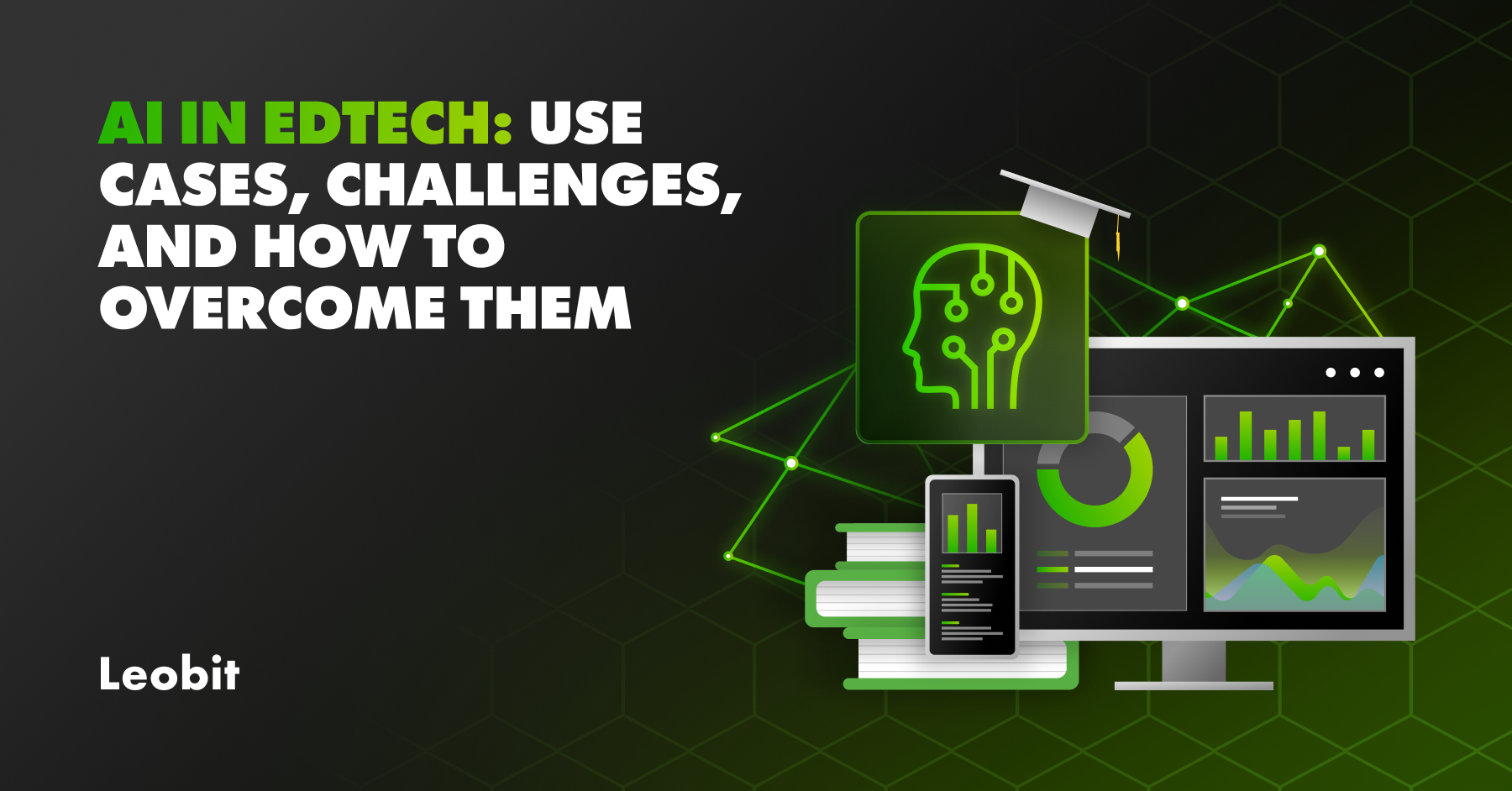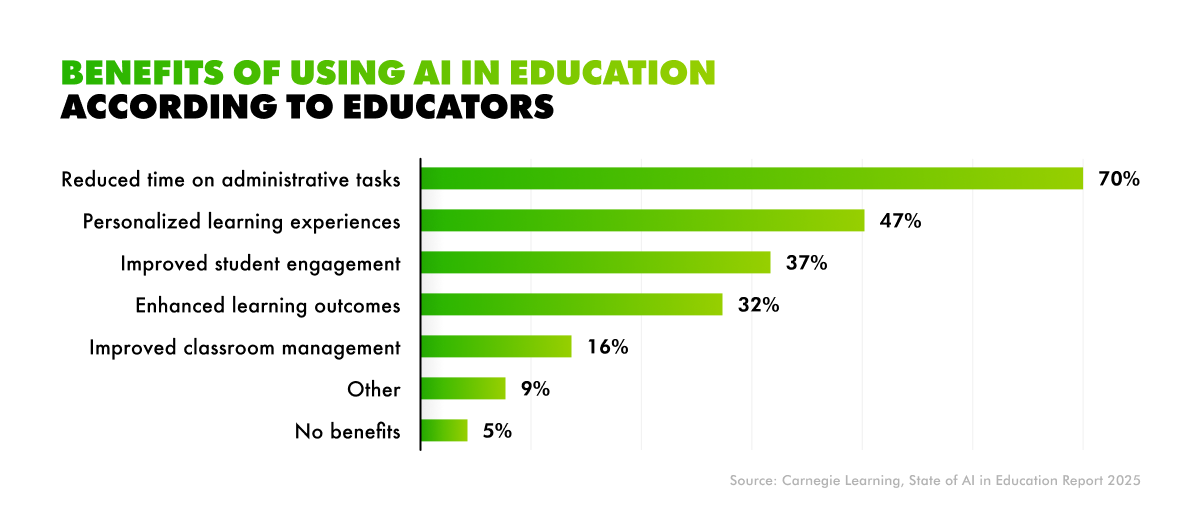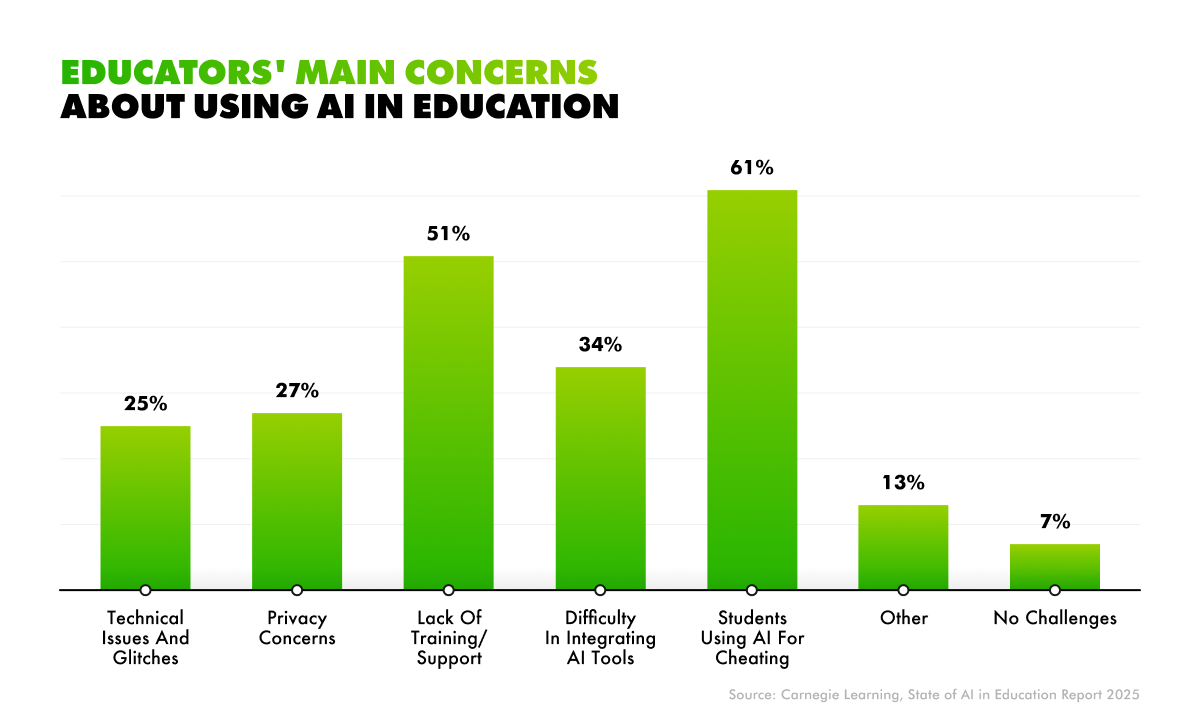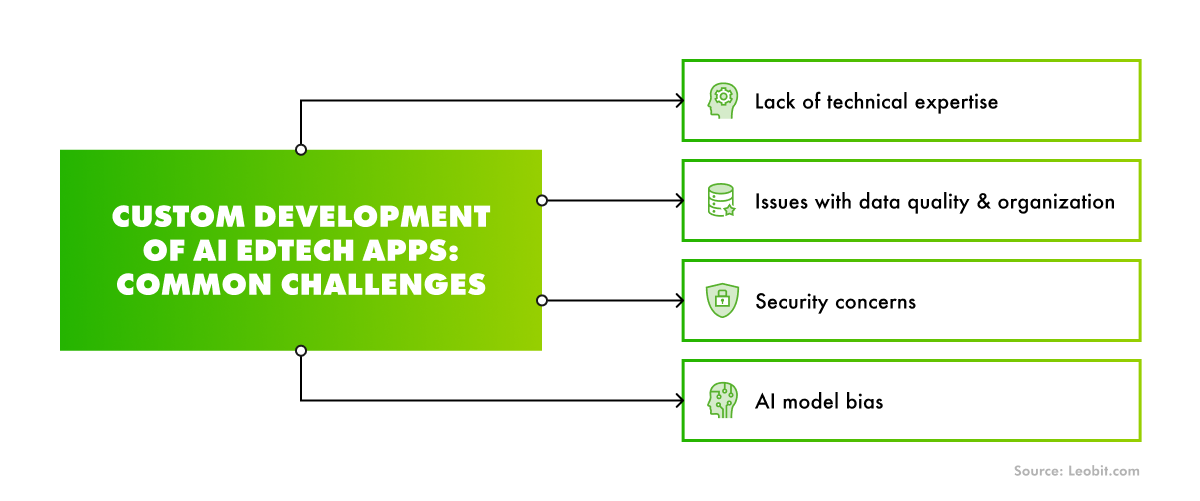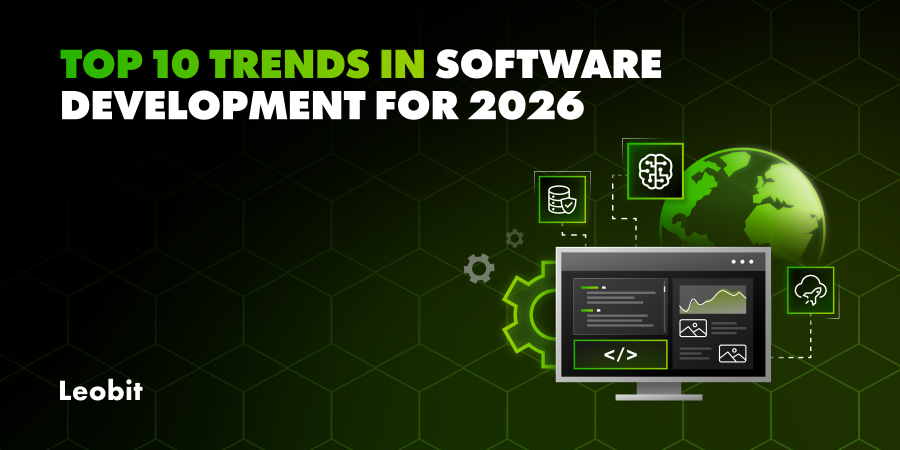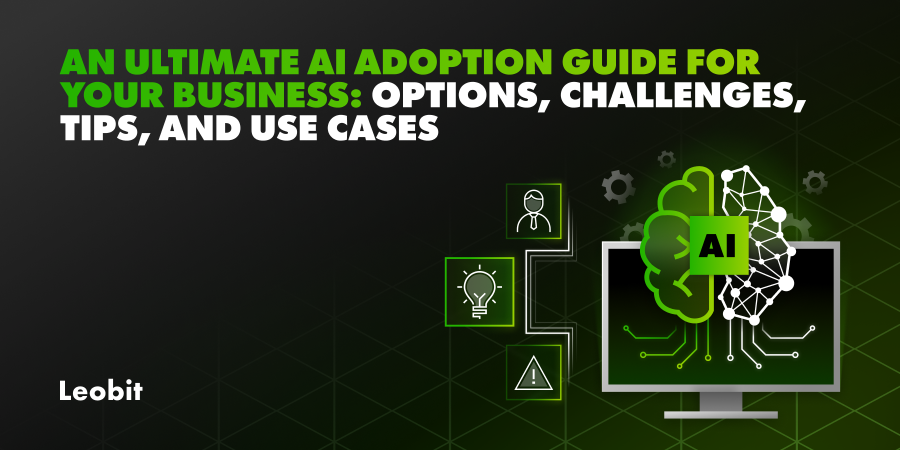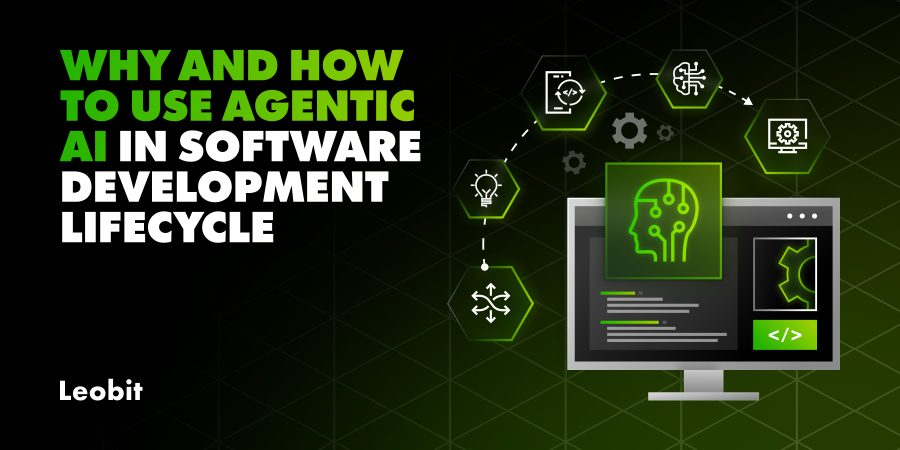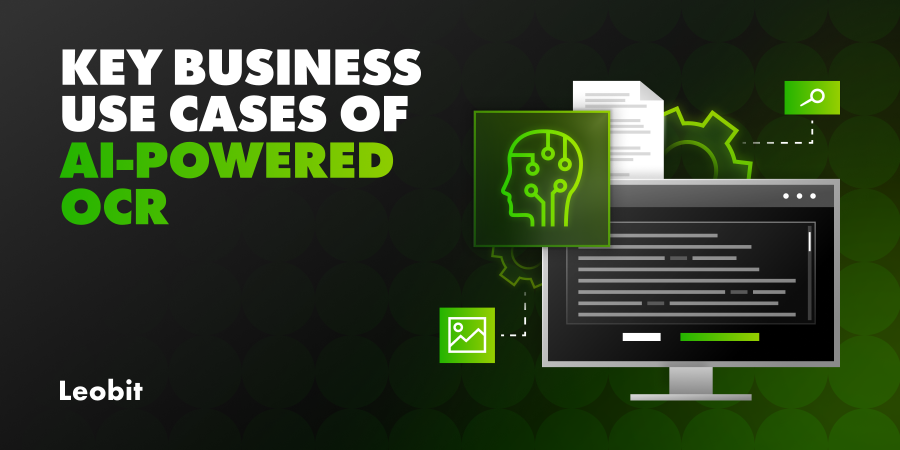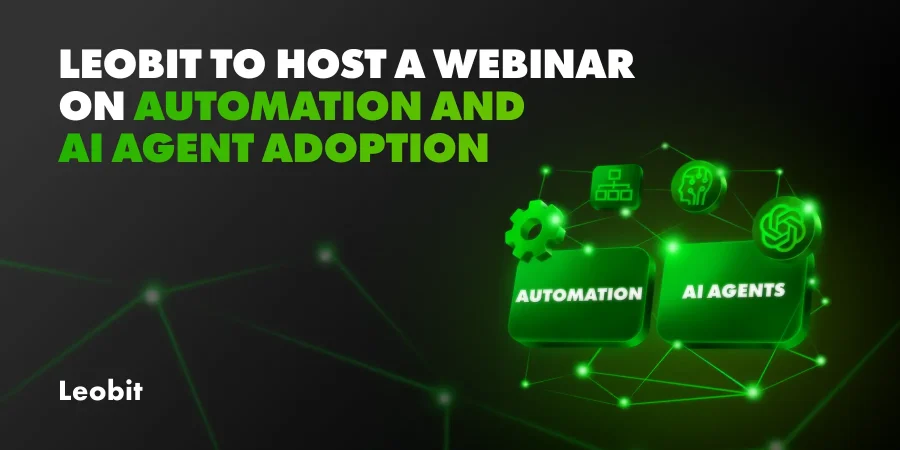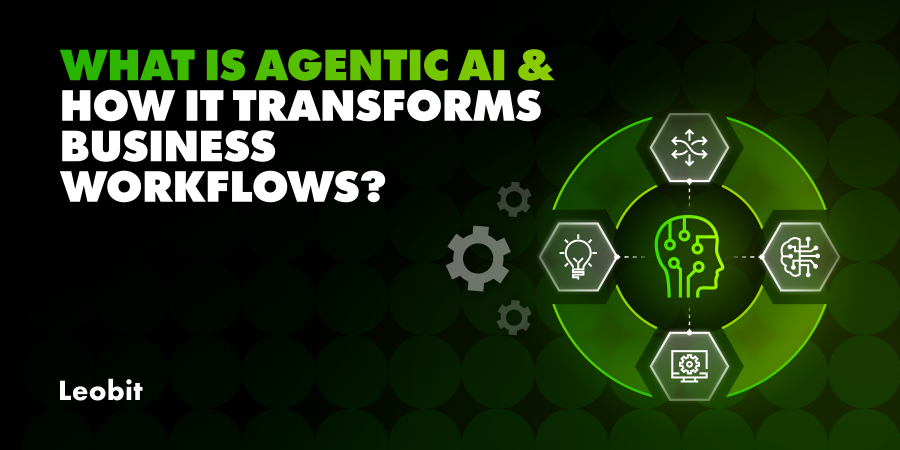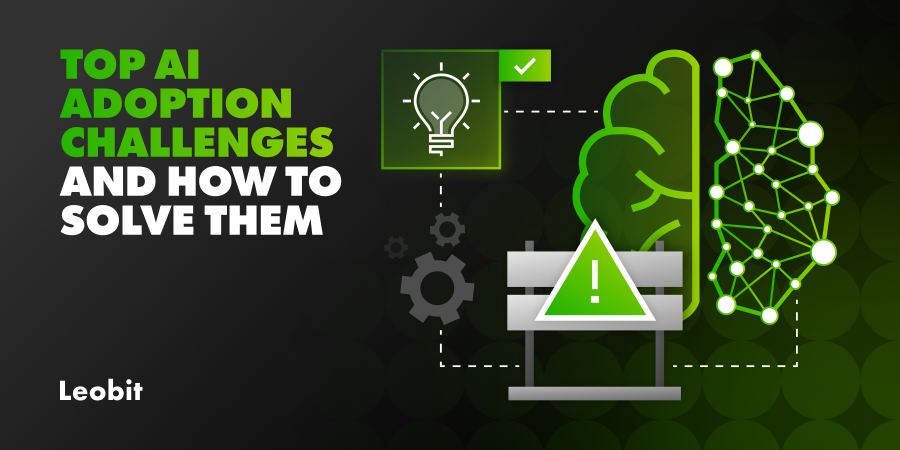Around 65% of students and 71% of teachers claim AI tools to be essential aspects of students’ success in college and at work.
With its strong potential to enhance the quality of education for both learners and educators, the global AI in edtech market is growing at an impressive compound annual rate of 31.2% and is projected to reach $32.27 billion by 2034.
The transformative potential of edtech AI software is acknowledged by both edtech app providers and educational institutions, as 40% of schools and districts in the USA have already adopted AI policies. With its powerful capabilities for automation, analytics, and enhanced decision-making, AI enables more efficient, inclusive, and immersive learning experiences.
In this article, we will examine the most common applications of AI in education, key obstacles to adopting it in edtech, and strategies for overcoming them.

